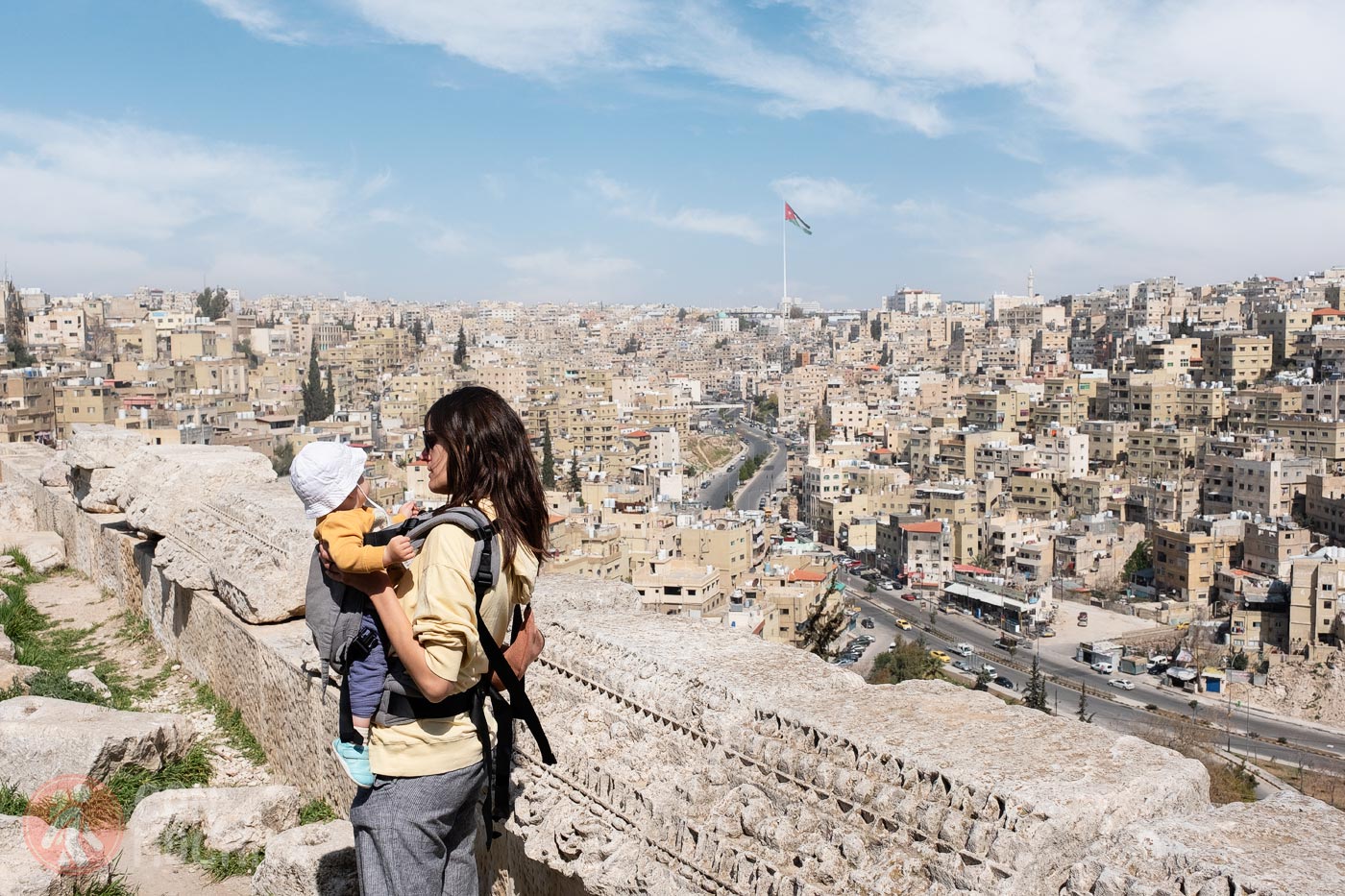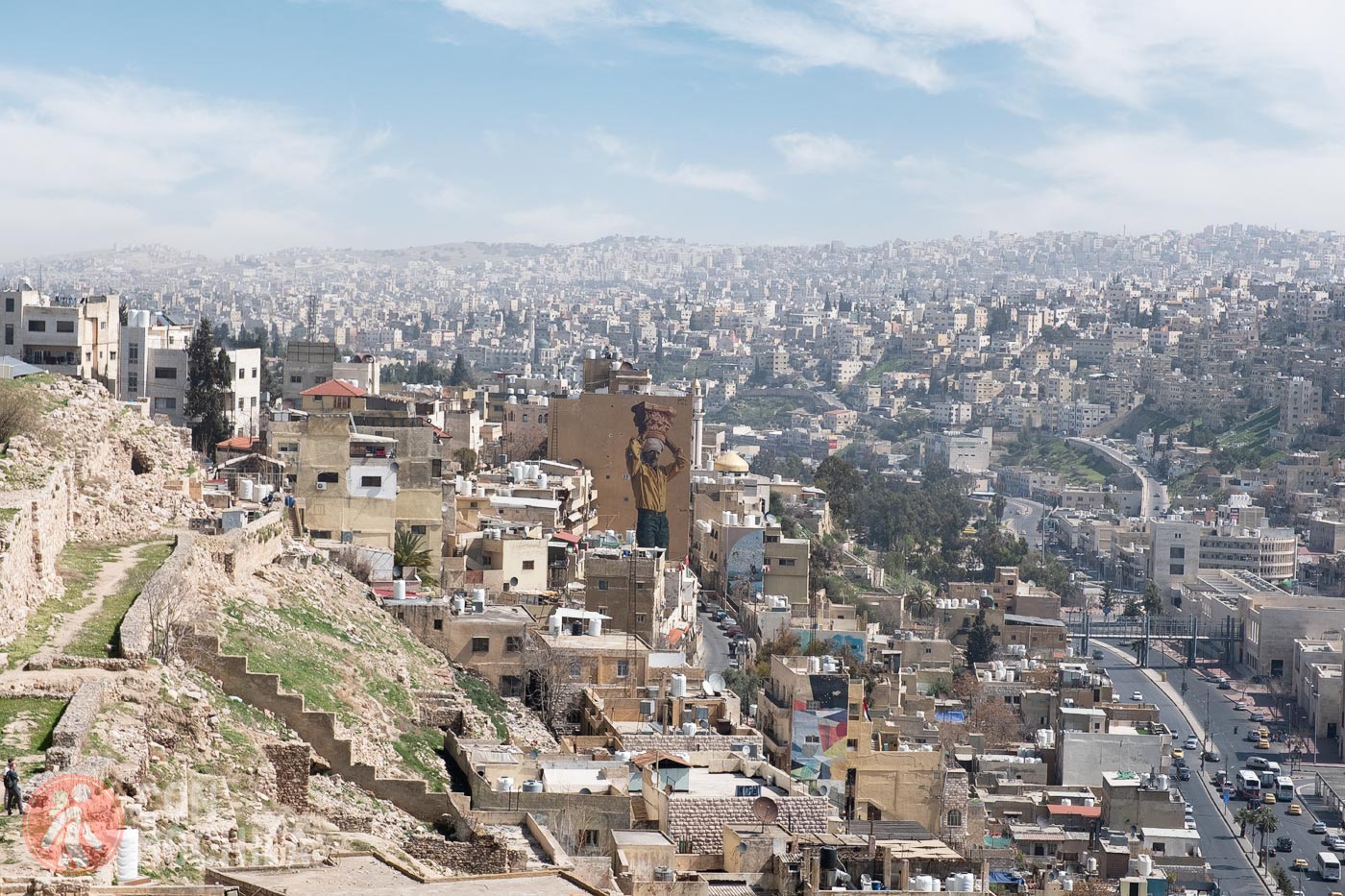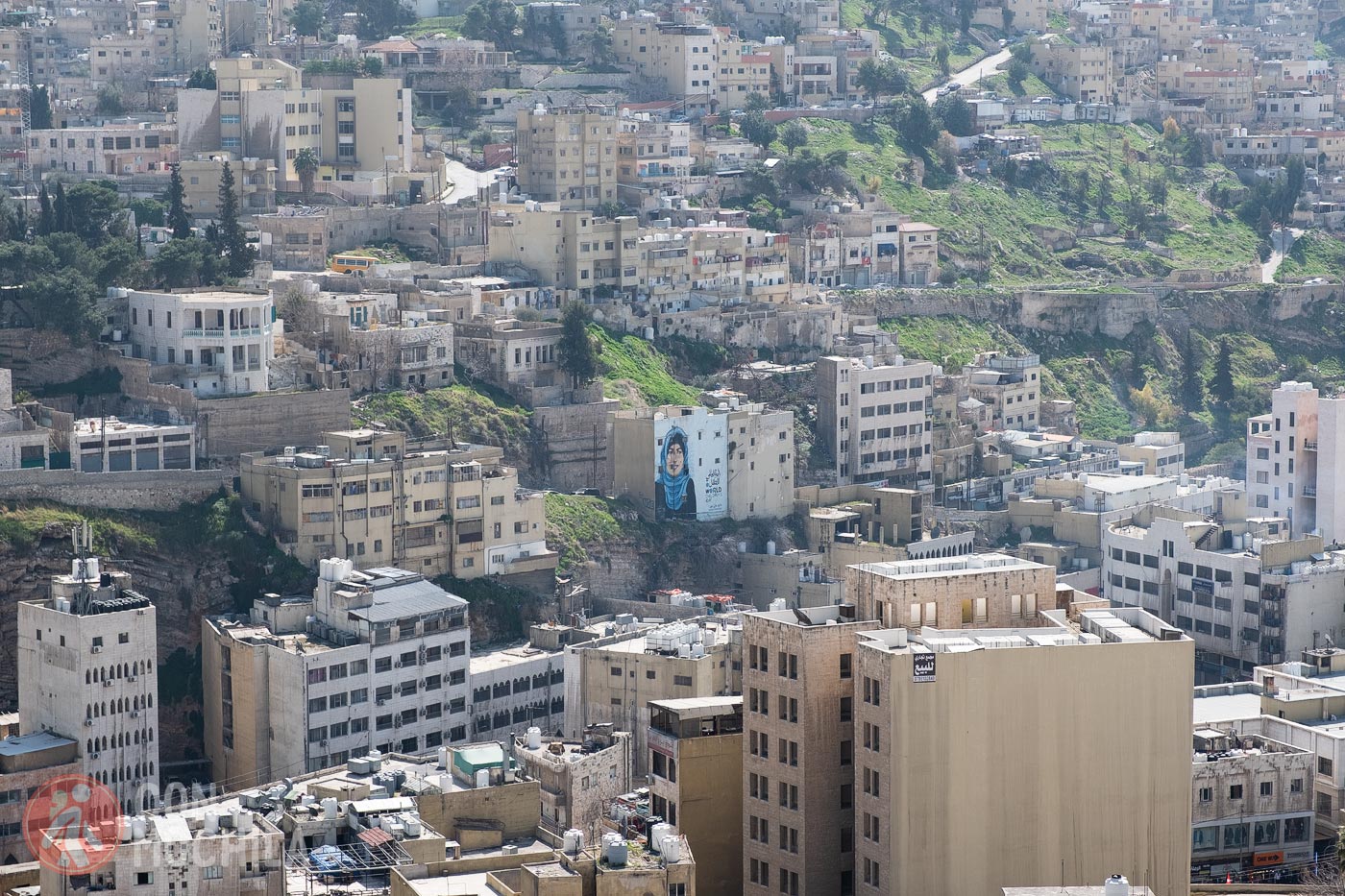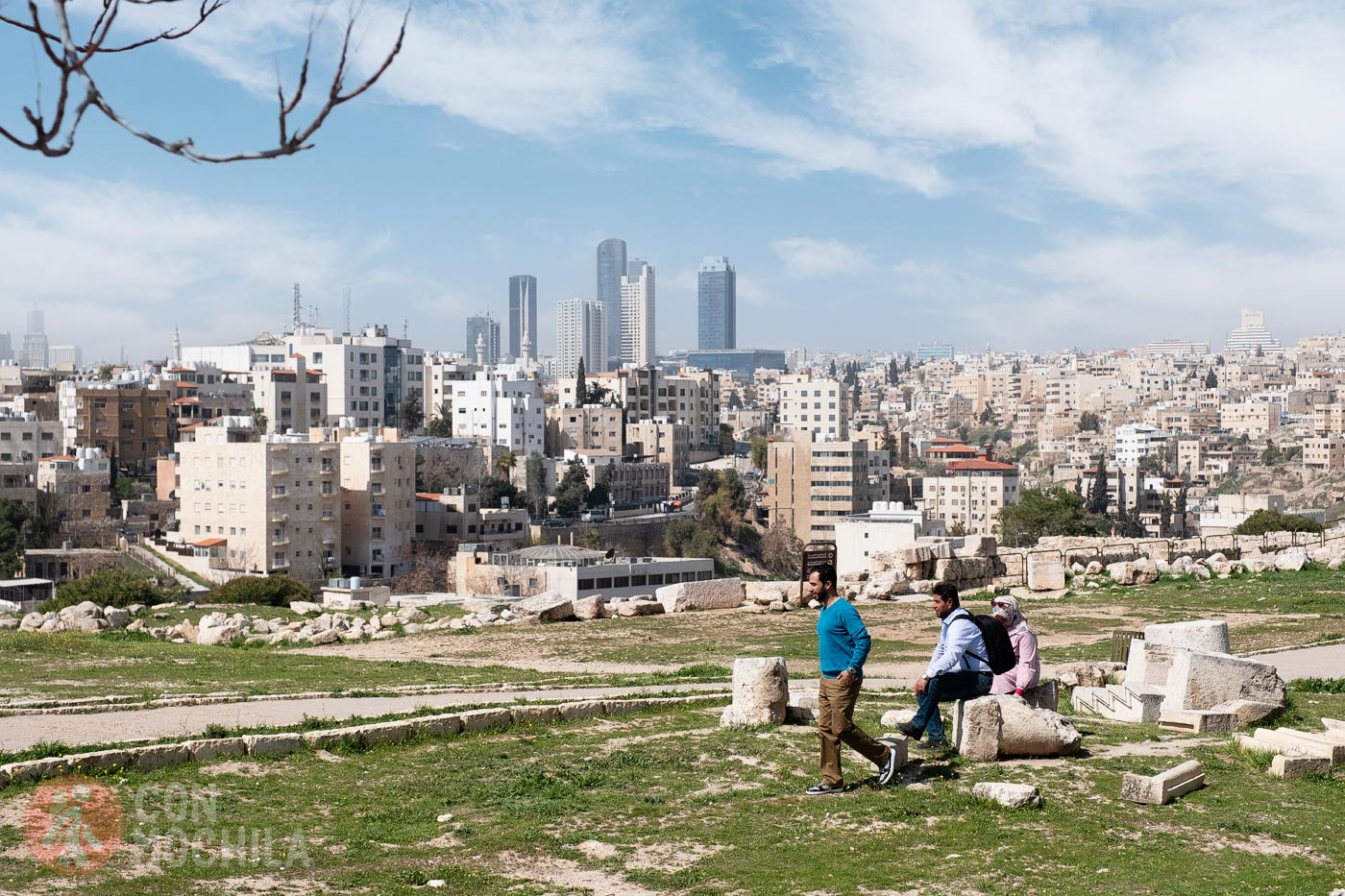Located at the highest point in the city and known by its Arabic name “Jabal al-Qal’a”, the Amman Citadel is an open-air museum where you can discover the history of Jordan and the incredible panoramic views of this modern metropolis.

Excavations prove that this Citadel was inhabited for about 7,000 years, being occupied by Babylonians, Assyrians and Persians, until it was conquered by the Greeks and then by the Romans. Finally, it came under Muslim rule in the 7th century and then declined during the 13th century during the Ayyubid dynasty.
It’s a place that you should add to your list of places to see in Jordan if you come on a trip to this fantastic country. We are going to show you everything that this corner hides.
First of all, it is worth highlighting the way to visit the Amman Citadel. You can walk to the entrance from the city (be careful, the climb is quite steep, especially if you have a baby) and, once there, you can visit on your own or hire an official guide from those available there.
Alternatively, you can book a private sightseeing tour of Amman that will take you to this and other places in the Jordanian capital in a full day.
The Temple of Hercules is the most important monument in the Amman Citadel. Although only a few columns of this structure stand, its visible remains are so impressive that they can be seen from all over the city.
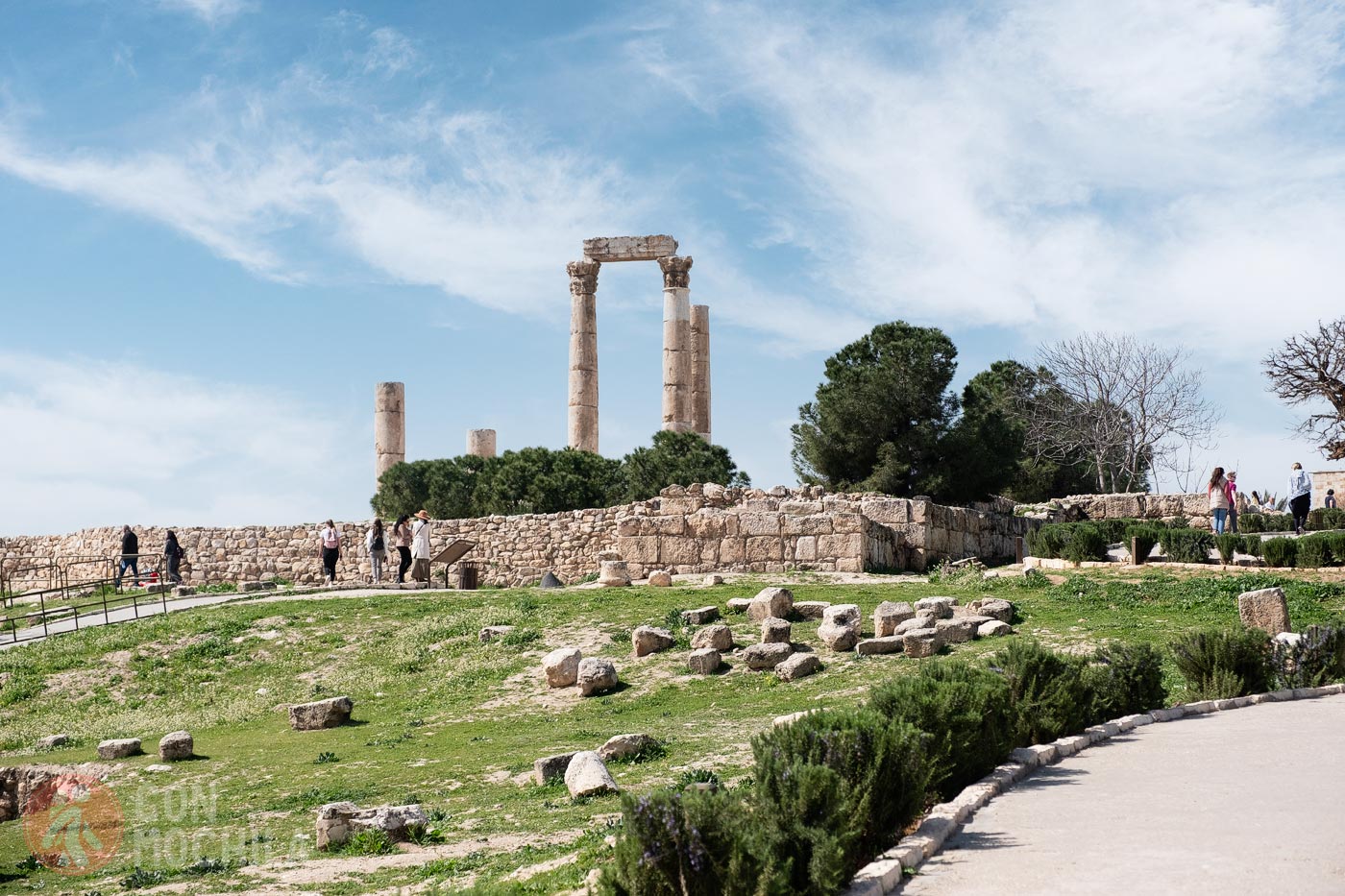
An upper limb and arm fragments from a colossal sculpture from the Roman period were found near the sanctuary. The statue is estimated to have been around 13 meters tall, making it one of the most impressive works of art from the ancient world.
Due to its size, the temple was consecrated to the cult of Hercules, a deity recognized for his unmatched physical strength.
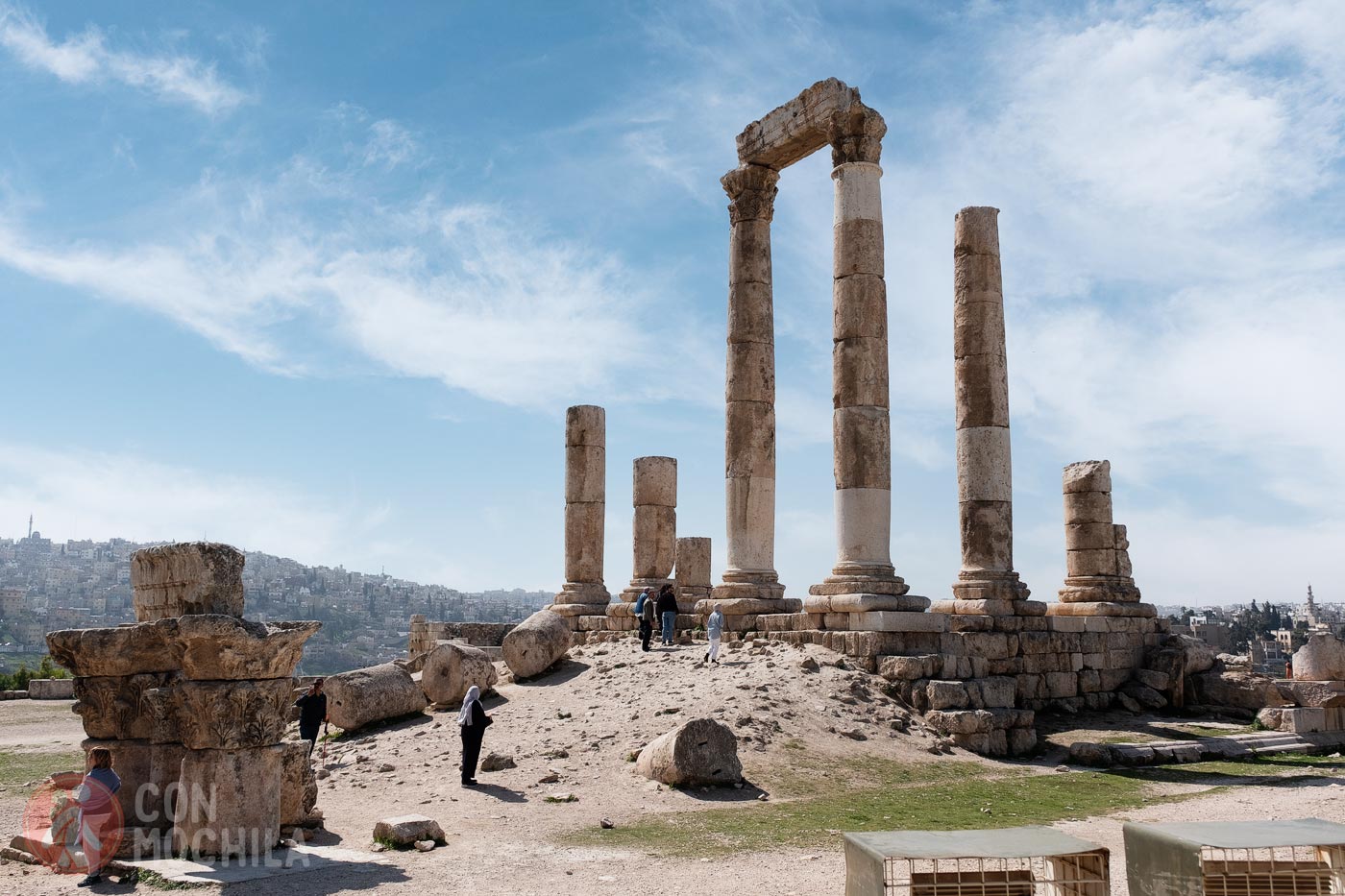
It has a typical architecture of Ancient Rome, visible in the gigantic podiums and pillars.
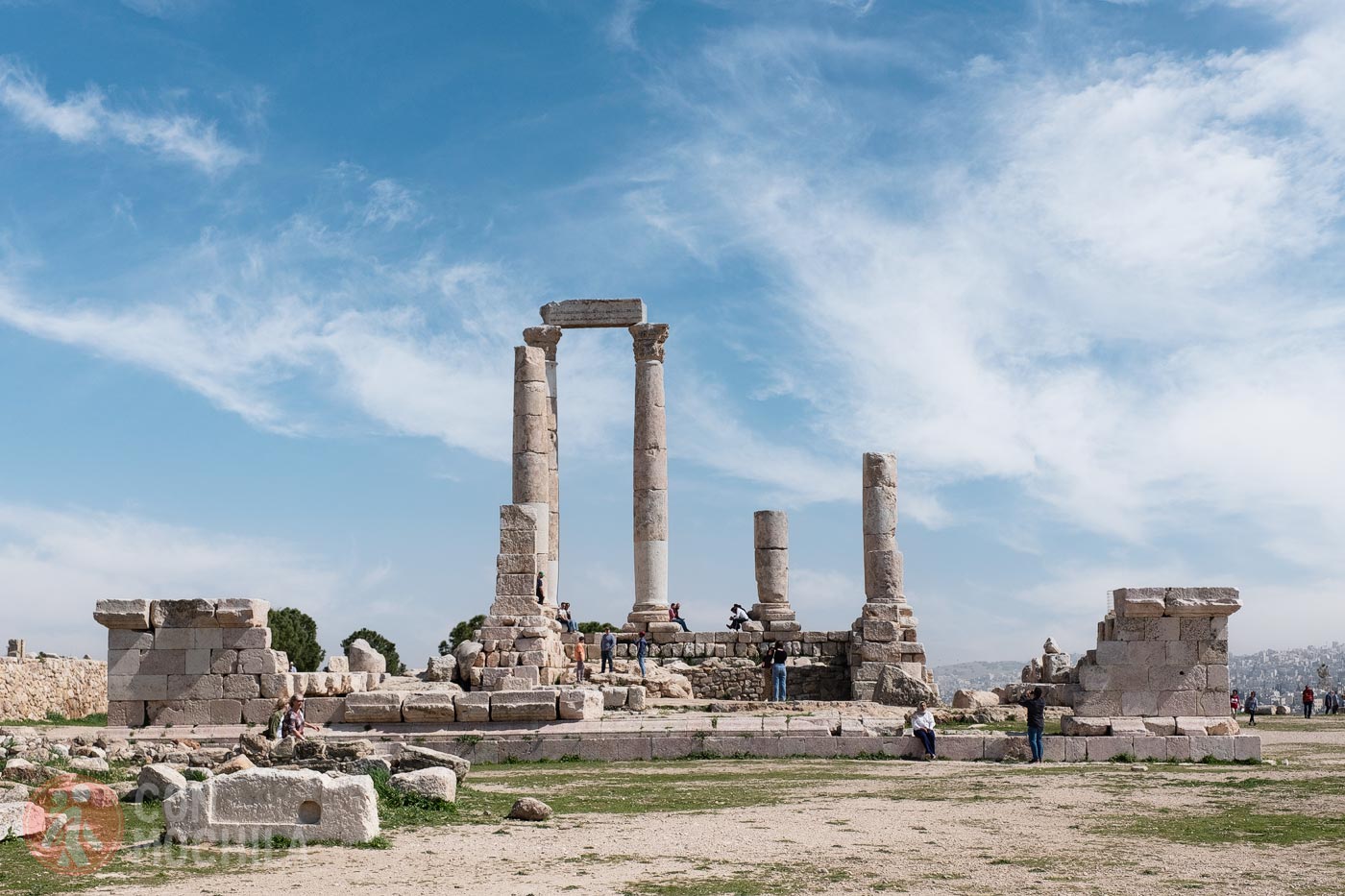
The Corinthian capitals found in the Temple of Hercules bear an inscription stating that the Temple of Hercules was built during the reign of Geminius Marcianos as governor of the Province of Arabia (161-166 AD), in honour of the co-emperors of Rome, Marcus Aurelius and Lucius Verus.
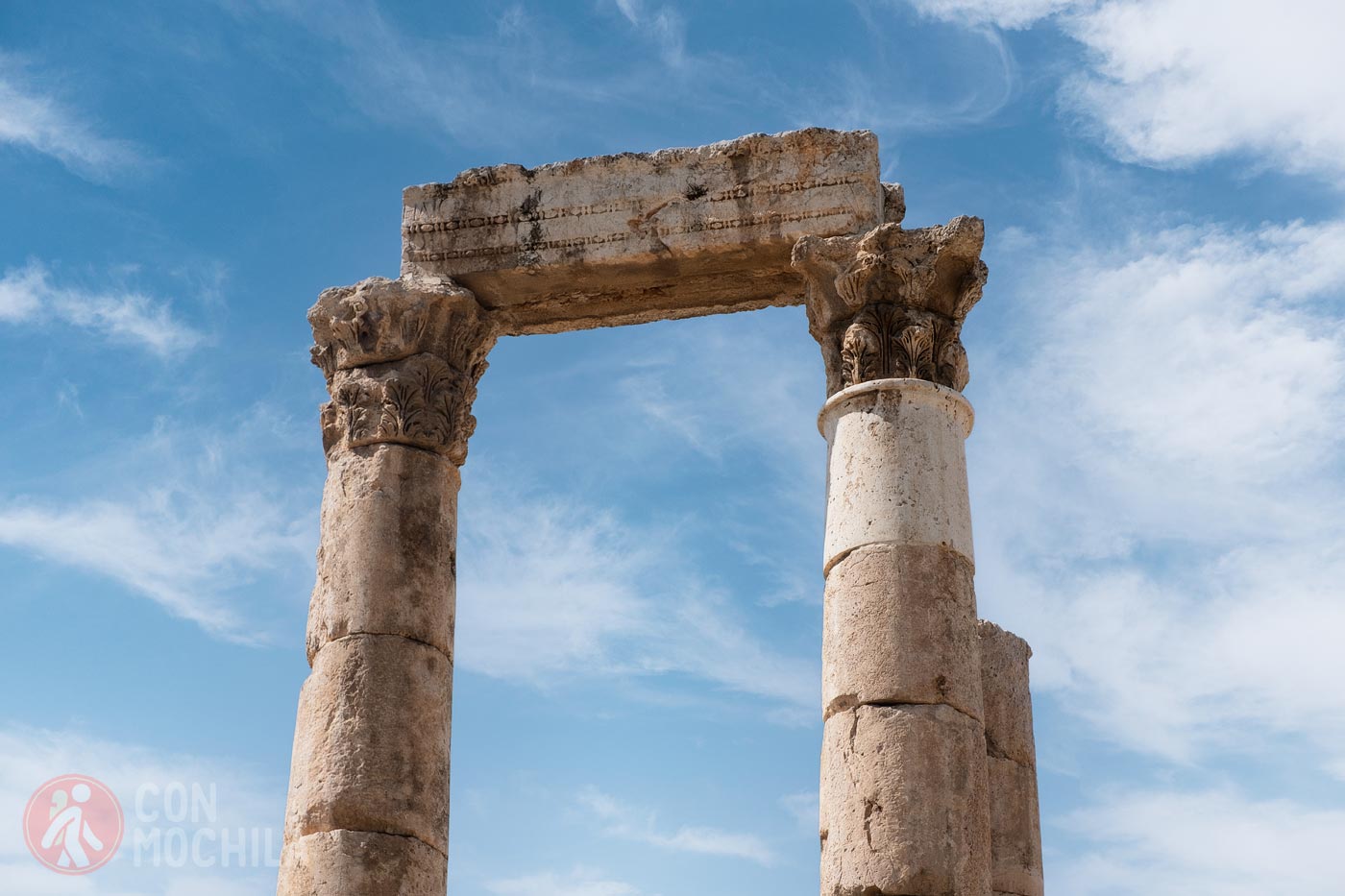
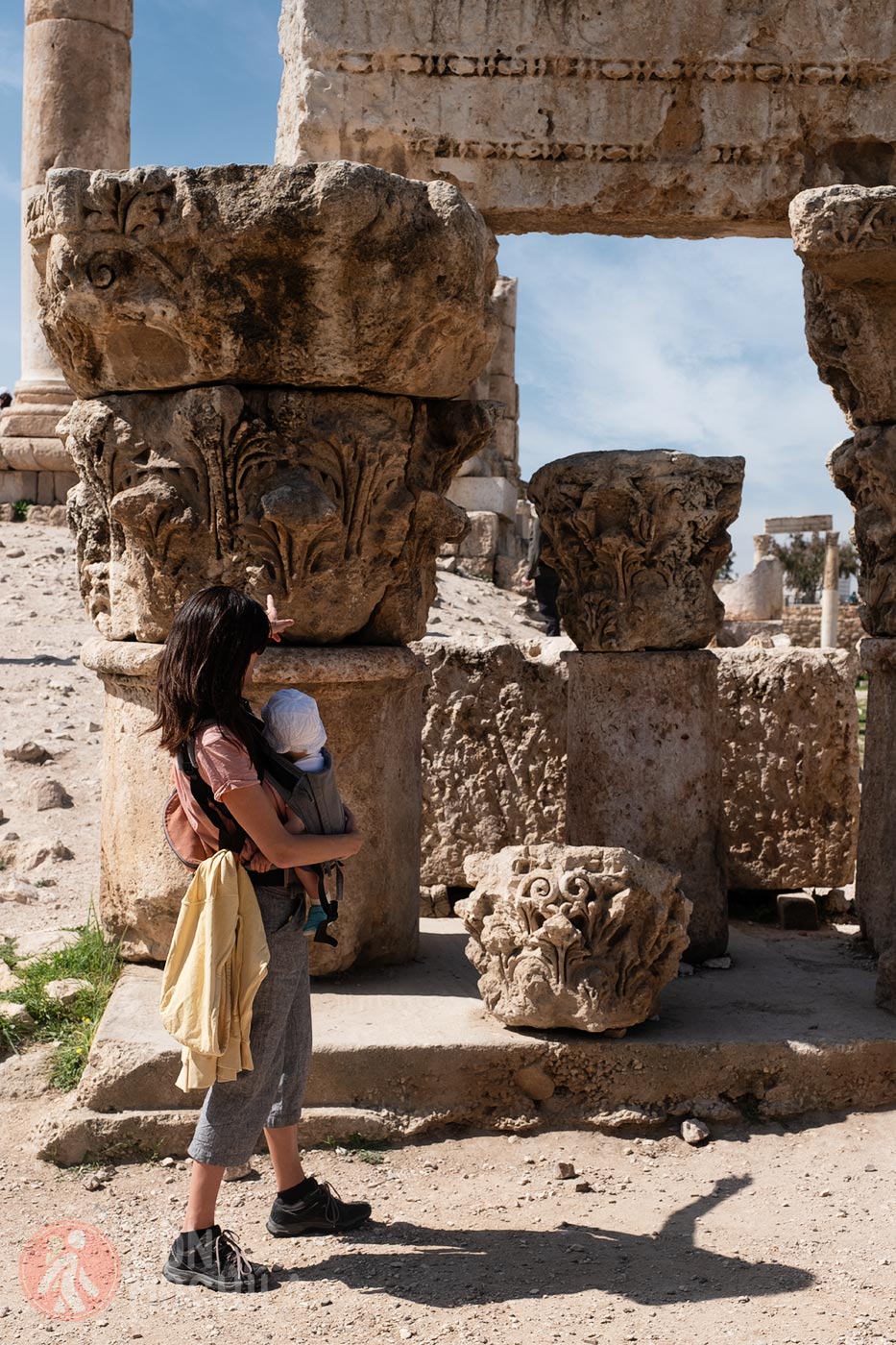
Within the Amman Citadel is the Umayyad Palace, which is a series of historic buildings dating back to around 730 AD. This palace is believed to have consisted of several royal and residential units where government employees could stay. It is composed of a courtyard lined with columns, and the structure displays Byzantine architecture.
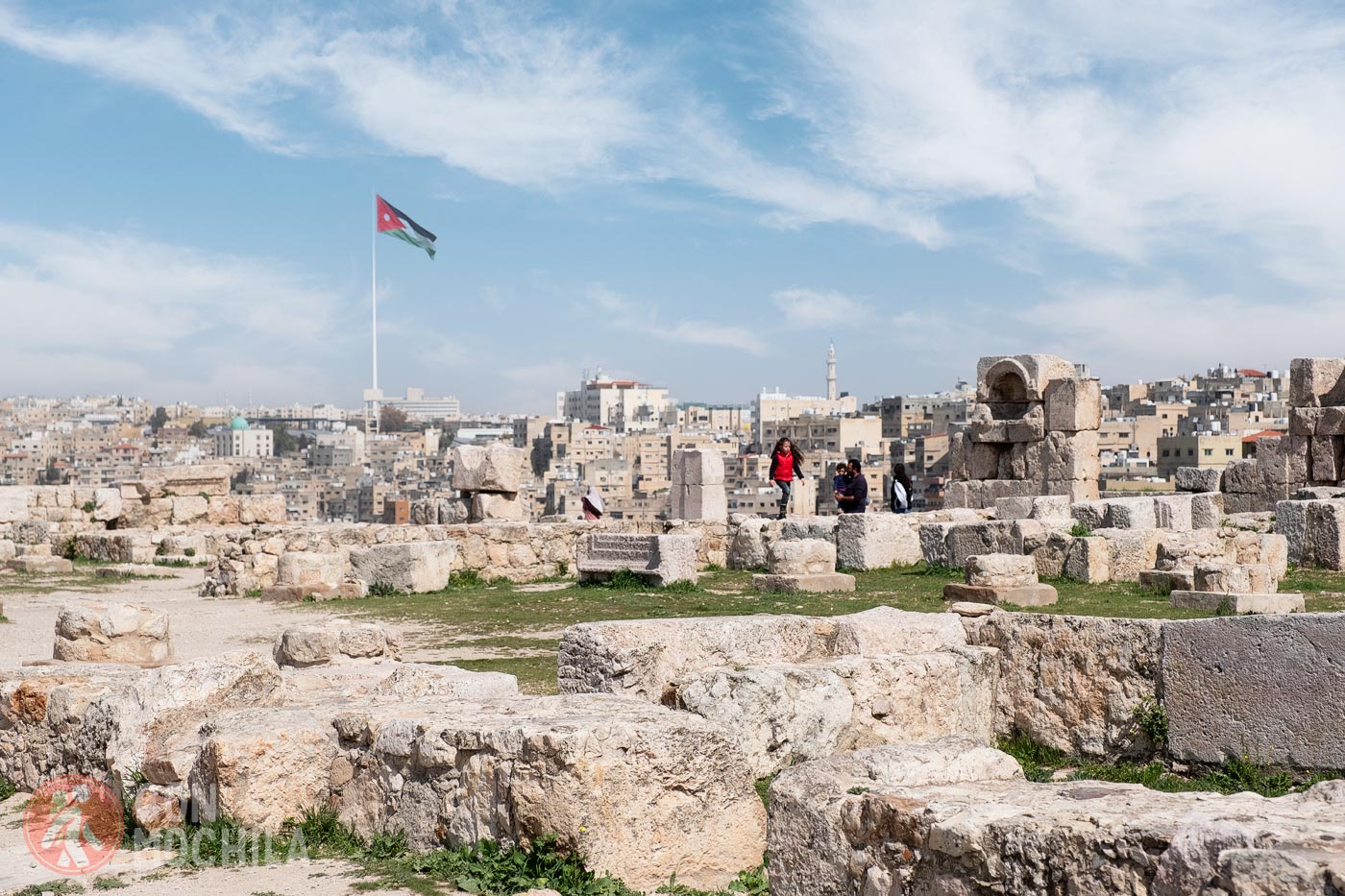
The fortified complex had multiple residential areas intended exclusively for government officials. Various residential structures could be seen excavated inside the Citadel.
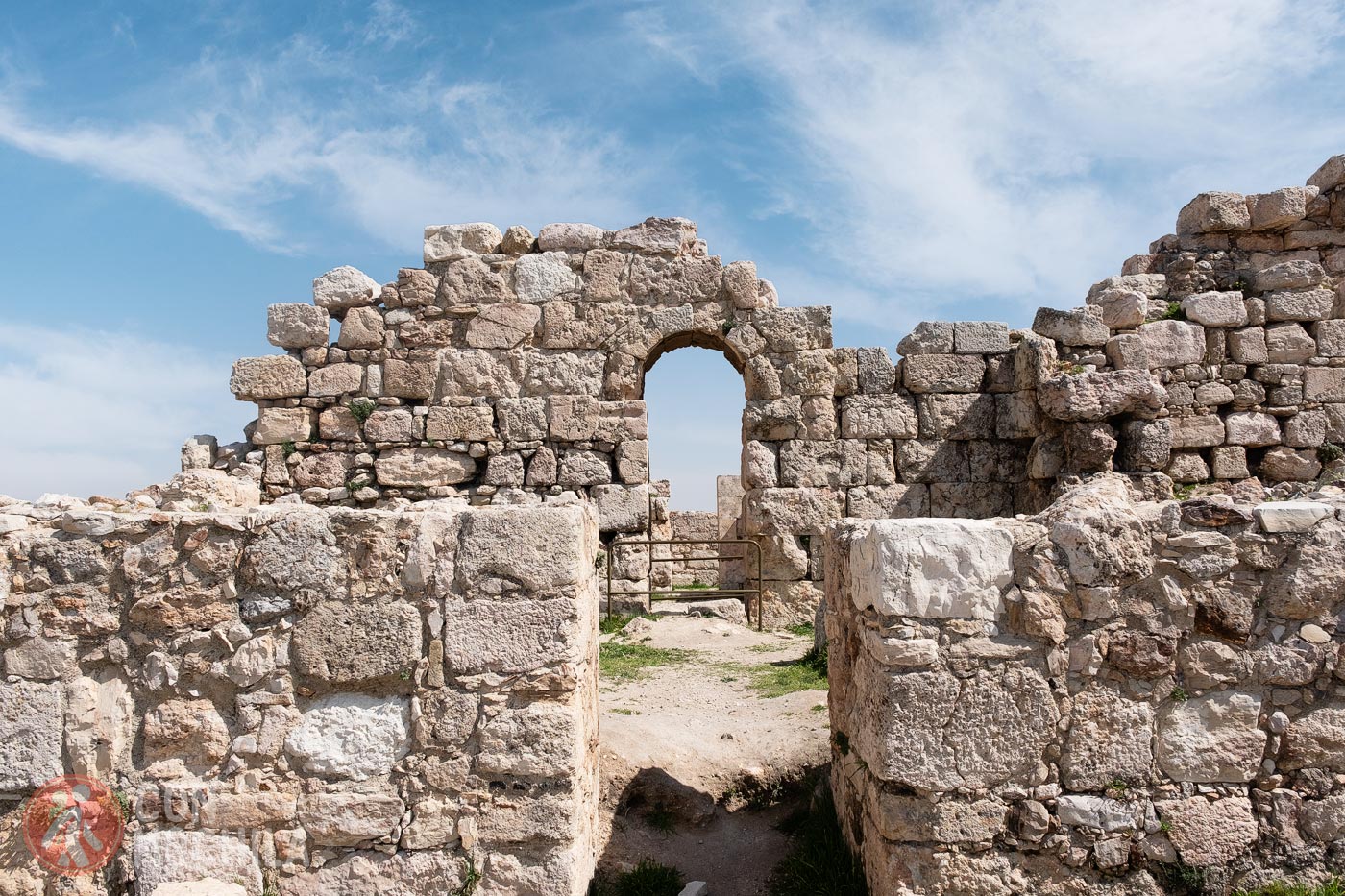
Finally, it also has a huge ancient cistern that was built to supply the water needs of the palace and its surroundings.
The Byzantine church, dating from around 550 AD, has a basilica structure with a central and two lateral naves. At the eastern end of the building we find a semicircular apse, which is separated from the church by a screen wall.
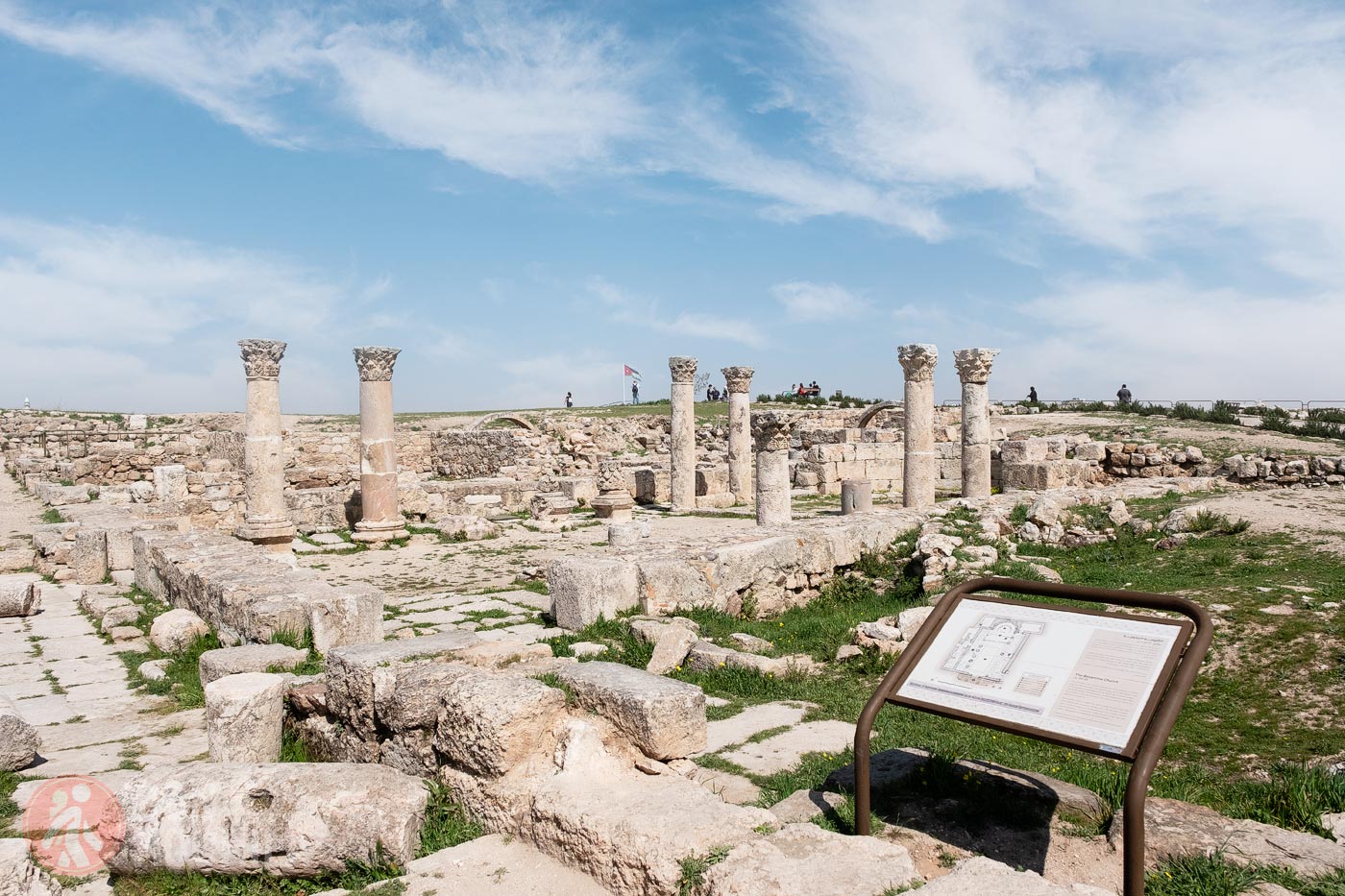
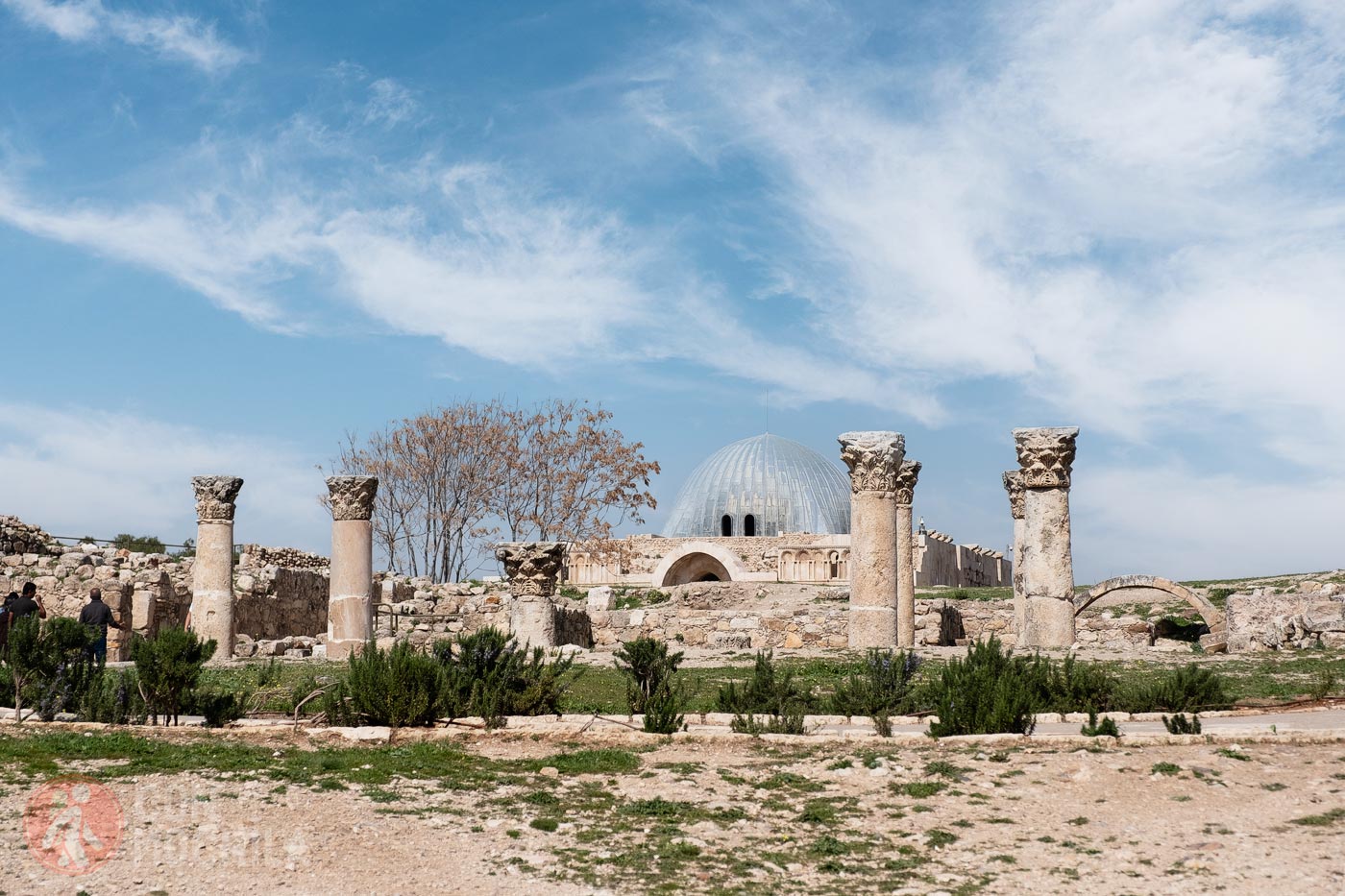
Situated at the highest point of the Citadel, the mosque lies south of the Umayyad Palace. A raised platform acts as its base, surrounded by seven rows of six columns around a central courtyard.
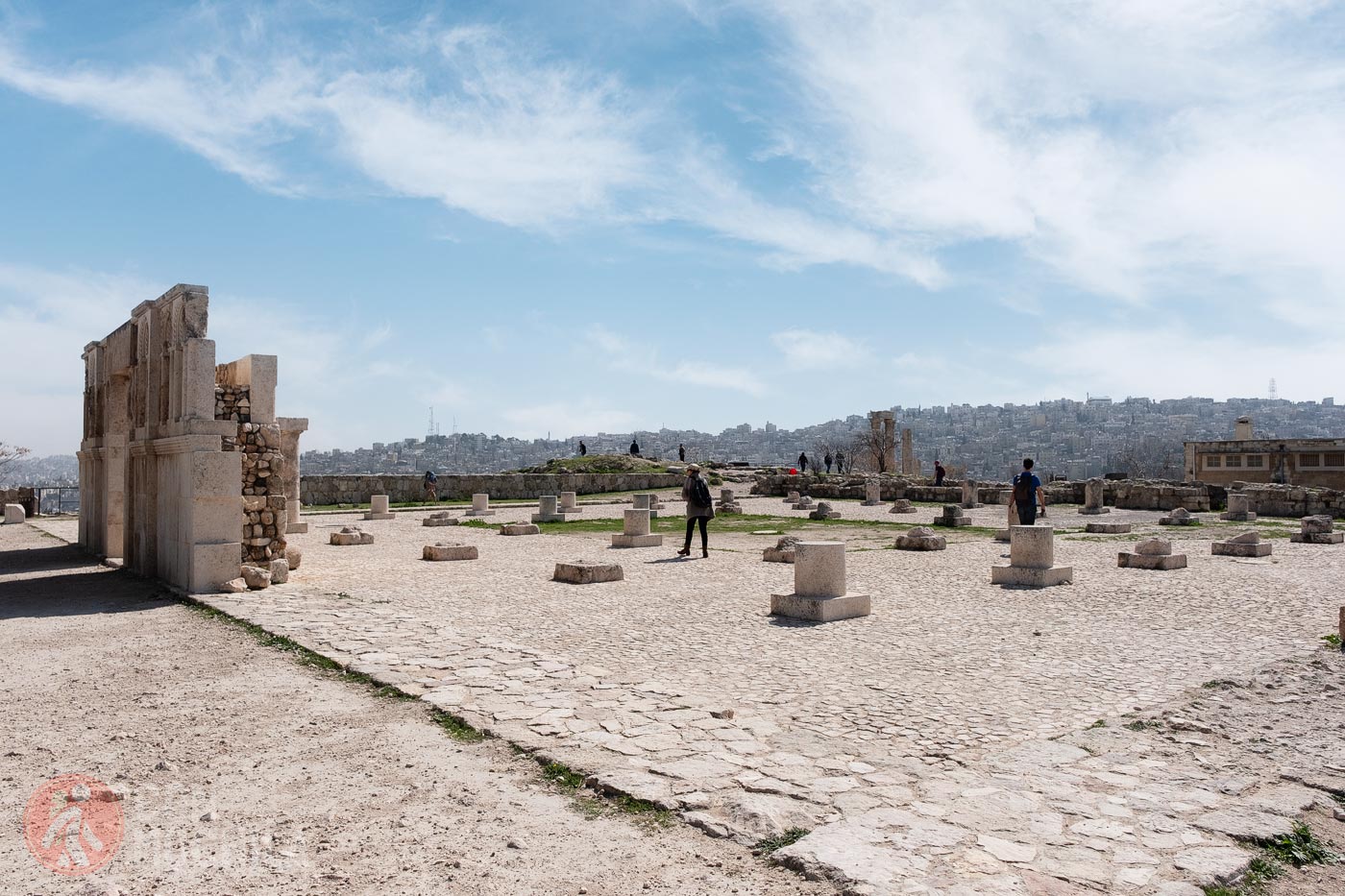
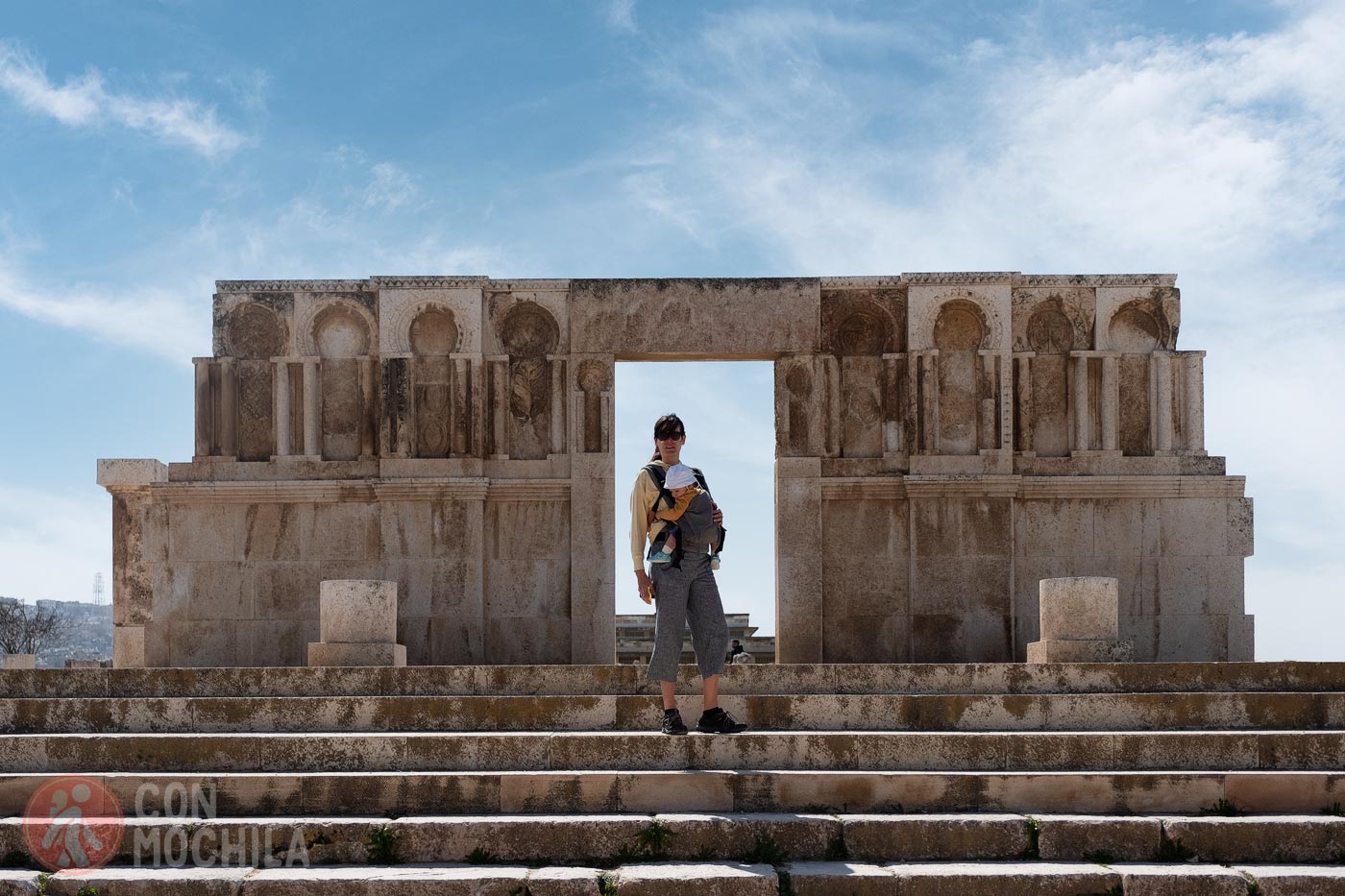
This imposing structure served as the official entrance to the palace. Here, visitors were screened and asked to wait until they were announced to the ruler before entering the palace.
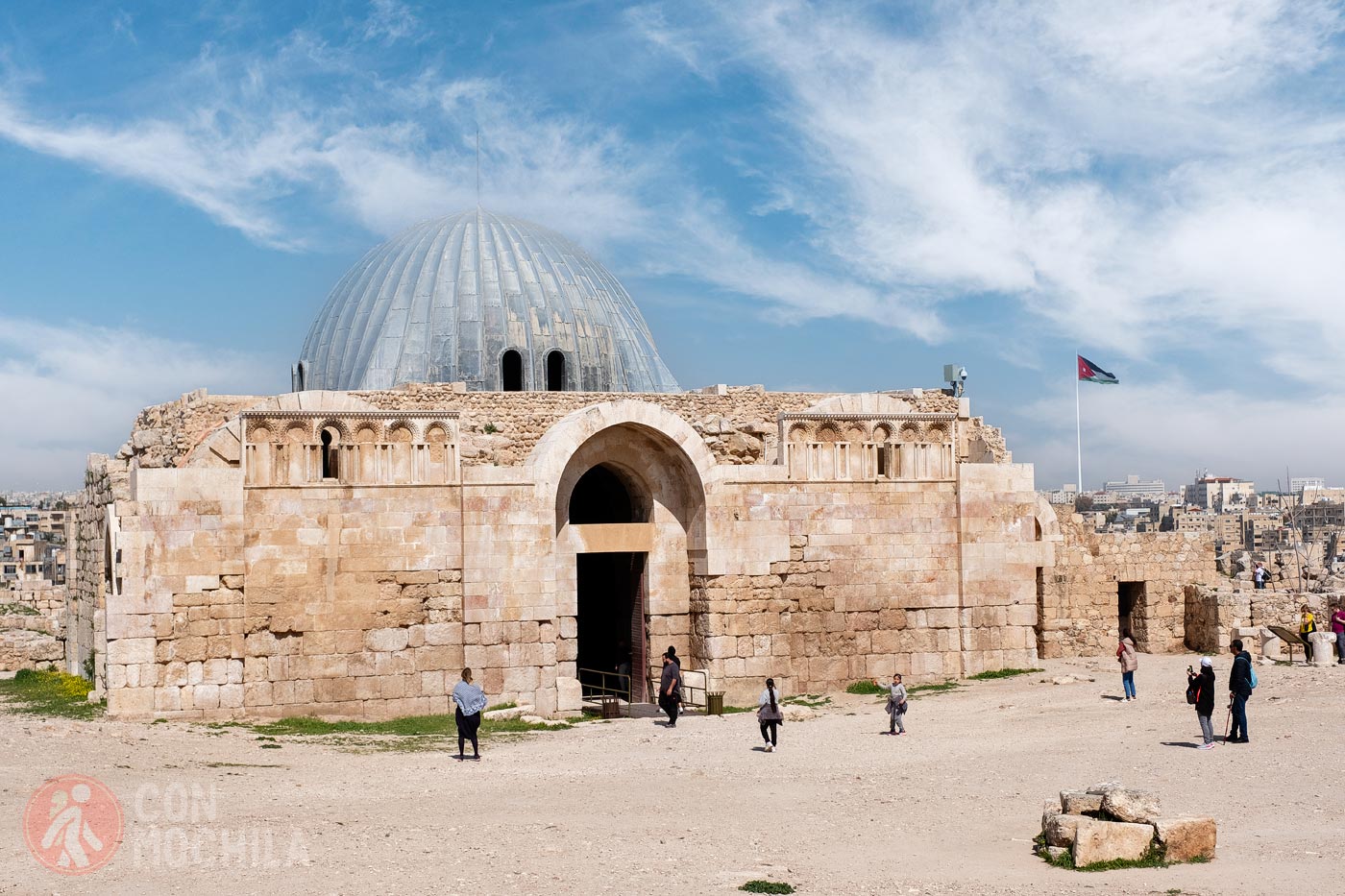
The monumental hall is designed in the shape of a cross with a square central room and four niches. The parapets at the top of the central room suggest that it was covered, possibly with a dome, like the one that was rebuilt in the late 1990s.
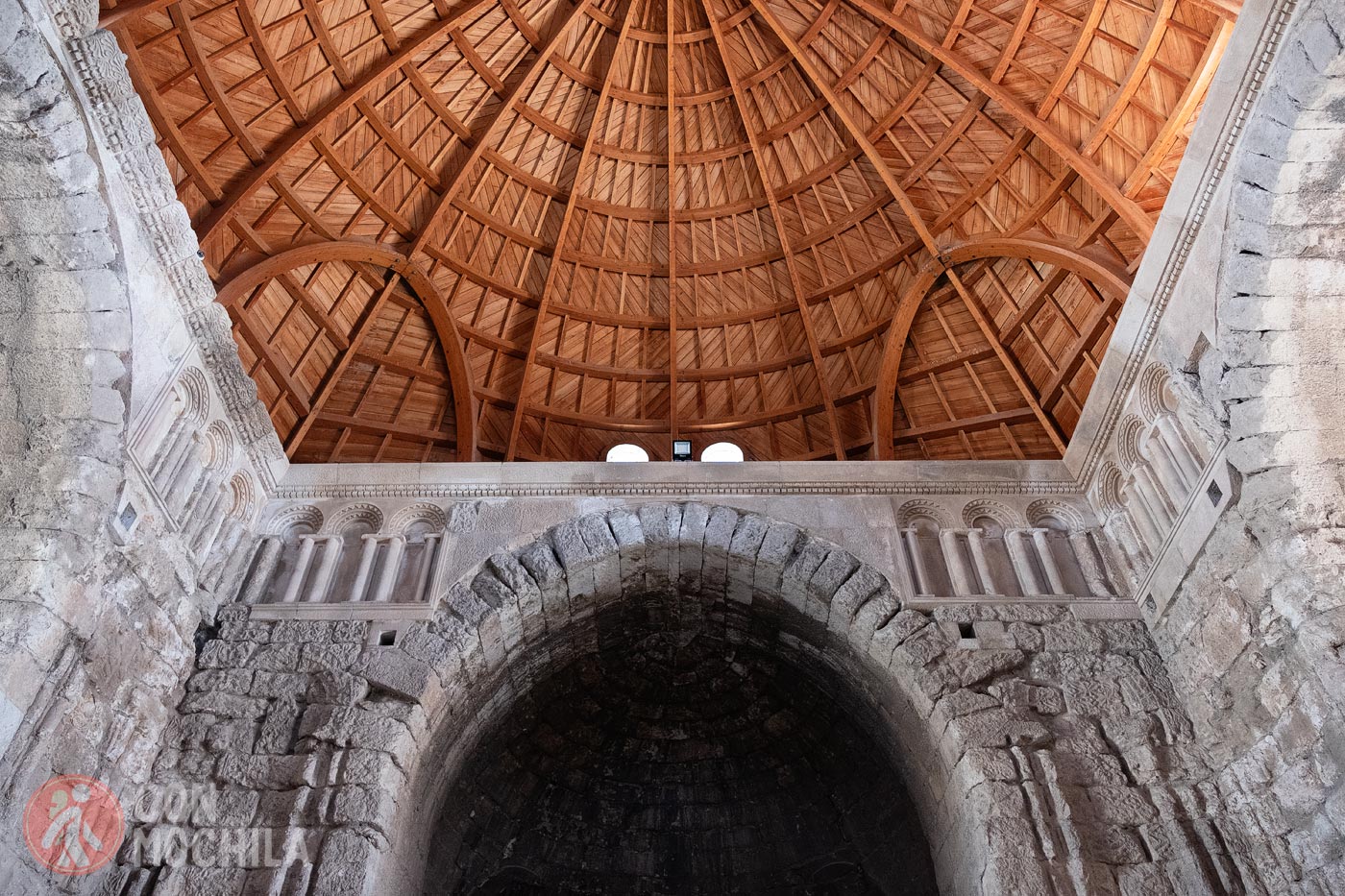
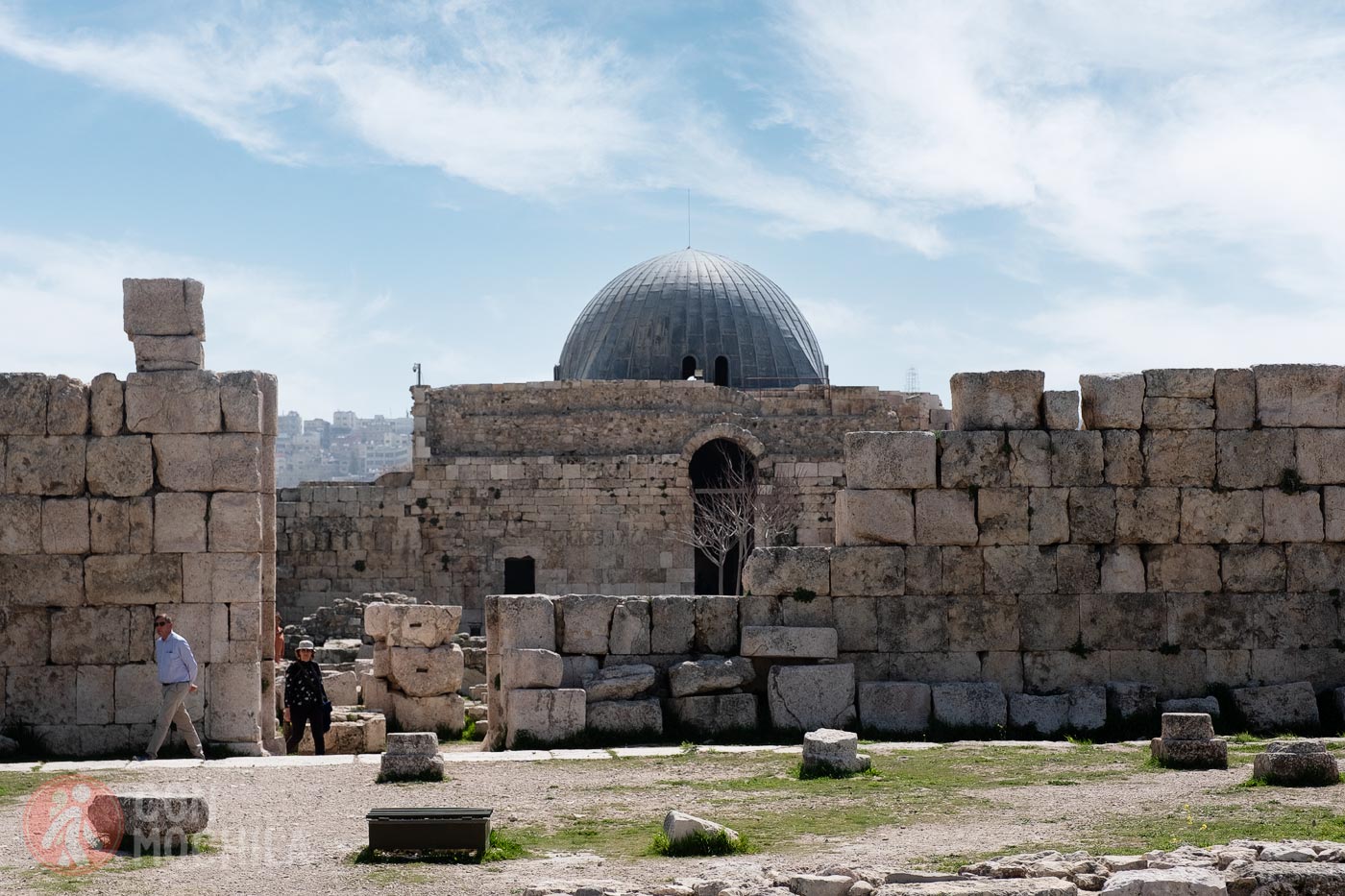
The Audience Hall, also known as the “Iwan”, was characterized by its open front and a barrel vault covering it. At the back was the cruciform Throne Room, which was supposedly covered by a dome and had a floor of polychrome mosaics.
Three niches with doors connected to the side rooms, while the north wing opened onto a courtyard.
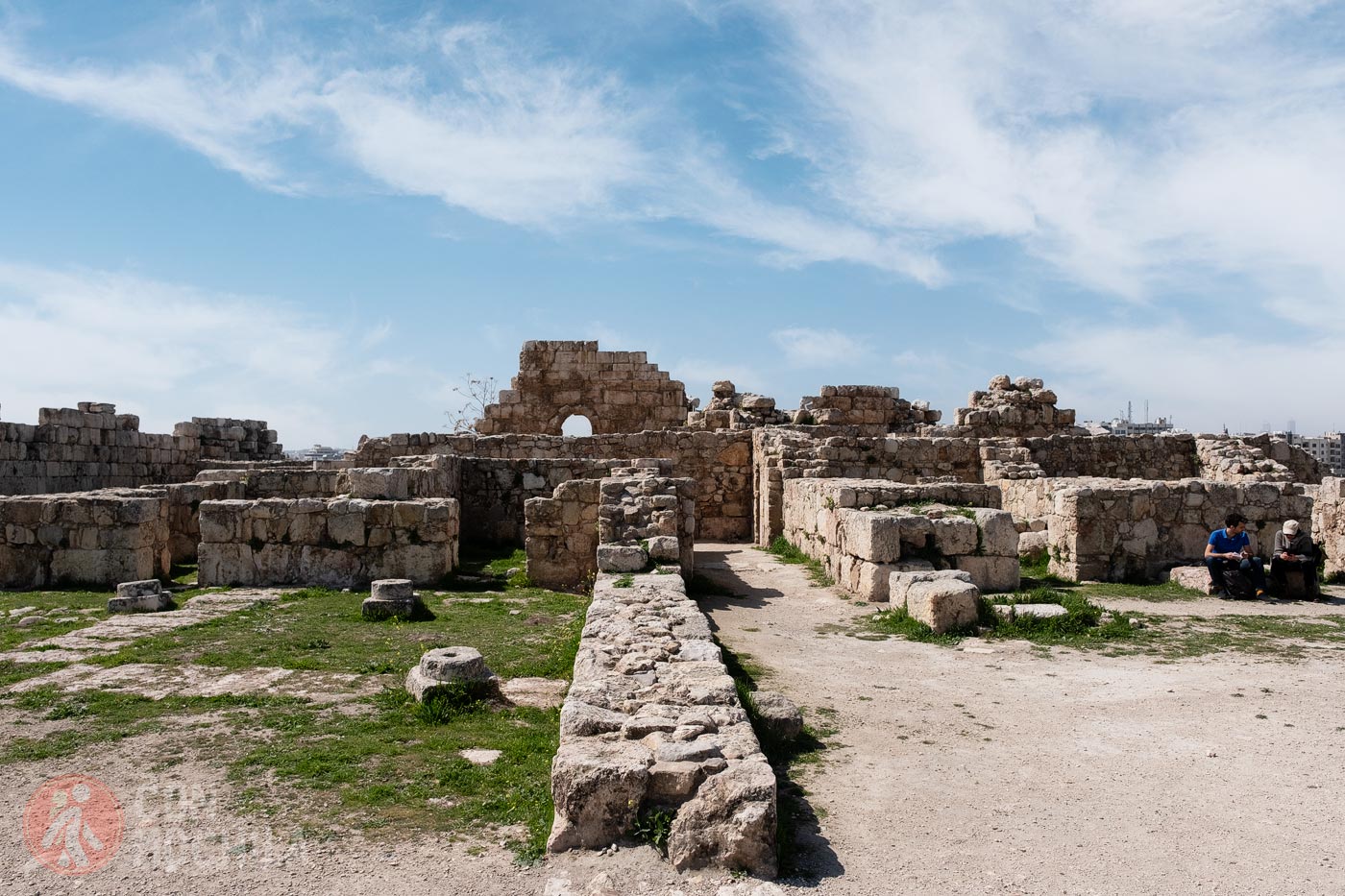
The Jordan Archaeological Museum is another of the structures that can be visited in the Amman Citadel. It was built in 1951 with the purpose of displaying Jordan’s archaeological objects.
To end your visit to the Amman Citadel, there is nothing better than enjoying some incredible views of the Jordanian capital.
